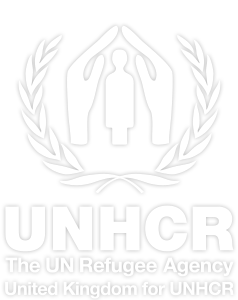On the ground with…Phoebe Goodwin, UNHCR Architect and Shelter Specialist
A qualified architect, Phoebe Goodwin joined UNHCR in 2015 and has worked in a number of countries, including Bangladesh, Jordan and Mexico.
19.08.24
Photo credit: © UNHCR
Q: What are the first things that must be done to help shelter people forced to flee in emergencies?
A: It depends on where people are received and what (if anything) they have managed to bring with them. Often, in rural areas emergency shelter kits are distributed so families can build their own shelters. These may include plastic sheeting, wooden poles, nails or rope. An urban area may require different emergency kit components. Regardless of where they are, the goal is to ensure people in emergencies have access to safe and sturdy shelter to protect them.
Q: What is the most challenging part of shelter planning and construction in emergencies?
A: During the major influx of Rohingya refugees to Cox’s Bazar in Bangladesh in 2017, there were times when new arrivals had to take shelter in schools. This meant refugees were overcrowded into small classrooms that were not meant for accommodation.
As an interim solution, we tried to decongest the schools by accommodating some people in other buildings, such as mosques. We also made sure that all new arrivals received adequate food and water, as well as bedding.
Q: Is there a memory from the field that stays with you?
A: Yes! Za’atari camp in Jordan is full of prefab containers. I remember one old man decided to bury one in his backyard, take the roof off, and fill it with water, so it became a swimming pool for kids in the summer. It was a gorgeous invention and brought so much joy.
To read more interviews with UNHCR experts in the field, please visit our website here.




